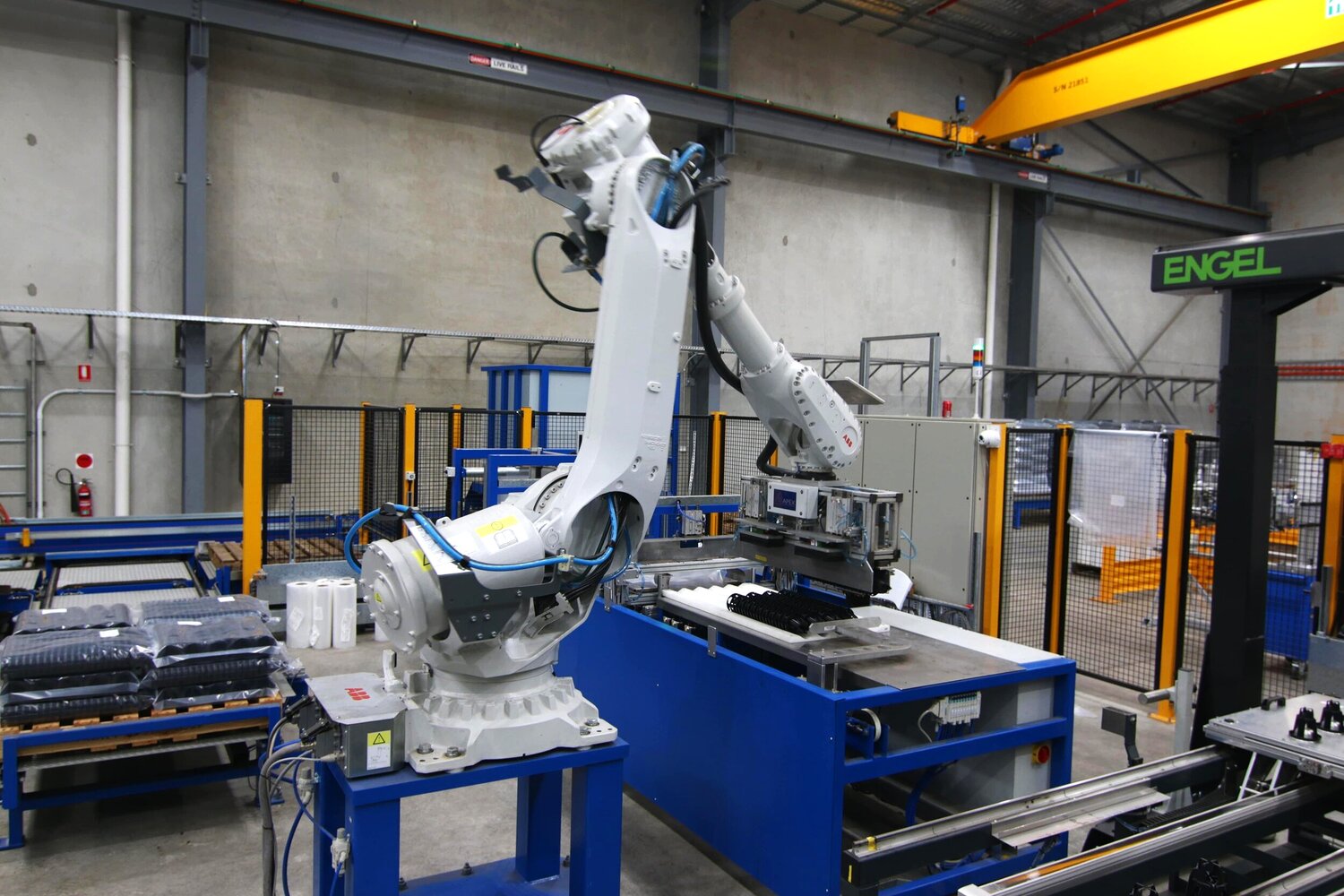Polystyrene is polymerized styrene in the form of a deep-drawing resin. When heated, it becomes liquid and viscous and can be bent, shaped, blown or even injected into various shapes and according to product specifications or laws. Waffle Pods are hard and transparent at room temperature.
In addition, it is quite inert, which makes it suitable as a container to hold other liquids, oils, solvents, even mild acids. Polystyrene is available in various flavors, such as high impact polystyrene (HIPS) or Expanded polystyrene (EPS). One of the popular brands that are sold is Styrofoam.
Due to its unique properties, polystyrene has many uses with a very broad and diverse product portfolio – from panels for the construction industry to CD and DVD boxes placed next to your television or in your audiovisual cabinet.

The resin code is number 6 and can be seen on the bottom of all polystyrene products. It is also widely used in the hospitality industry, where many products and assets are made from it – serving trays, margarita mixing containers, household boxes, carrying mugs, plastic cutlery and many other plastic utensils you can think of.
It has a unique low level of convergence, which makes it valuable as an insulating material for pipes. It can also be thought of as a temperature and weather coating built into walls, floors, ceilings, doors, and even some household appliances.
It can even be found in some speakers, etc. on your ski helmet. In addition, polystyrene will not rot, mold, or develop other forms of mold, making it hygienic and safe in most situations.
